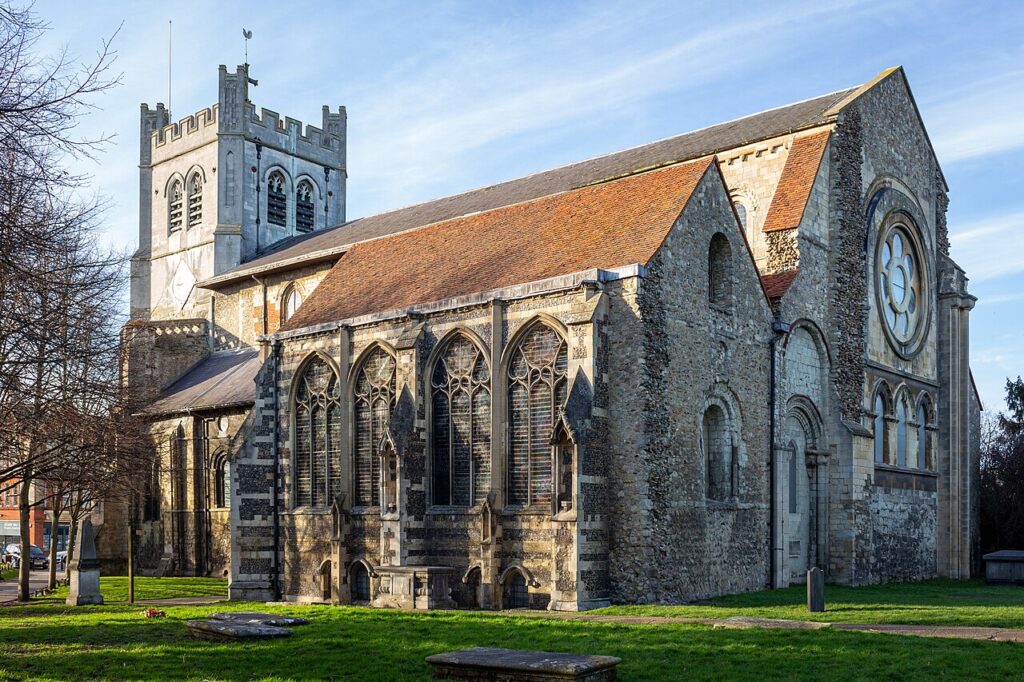Waltham Abbey

Waltham Abbey, located in Essex, England, is steeped in historical significance, particularly concerning its connection to King Harold II, the last Anglo-Saxon king of England. Founded in the 7th century, the abbey began as a small church dedicated to St. Laurence, later expanding into a prominent Benedictine monastery by the 11th century.
King Harold II’s association with Waltham Abbey is most notable for his patronage. Harold, who became king in 1066, was a major benefactor of the abbey. According to historical accounts, he significantly invested in its development and was deeply involved in its administration. His relationship with Waltham Abbey is highlighted by his actions leading up to and following the Battle of Hastings.
In 1066, as tensions mounted with William the Conqueror, Harold II sought divine favor and guidance. The abbey was a focal point of his religious and political strategy. Harold’s connection with Waltham is underscored by the belief that he made promises to the abbey and its monastic community for their prayers and support. This relationship is vividly depicted in the abbey’s rich historical records and the tapestry of its time.
After the Battle of Hastings, where Harold was defeated and killed, Waltham Abbey’s status grew, partly due to its connection with the fallen king. It became a symbol of Anglo-Saxon resistance against Norman rule and retained its significance throughout the medieval period. The abbey’s fortunes fluctuated with political changes but remained a testament to the enduring legacy of King Harold II and his complex relationship with English religious institutions.
